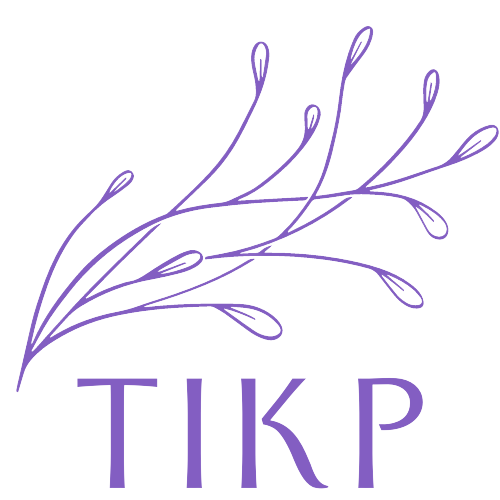Textile recycling in Europe: Textile Recycling and Eco-Friendly Clothing Options in Europe

With more and more companies starting to adopt eco-friendly practices, the need to recycle is at an all-time high. With a growing population, the demand for new materials continues to increase, but in order to meet this demand, the amount of waste generated must decrease. Companies around the world have begun to realize the importance of recycling in order to decrease the number of materials that are being thrown away, and instead, be used for other purposes.
One of the most obvious examples of this is in the textile industry. A large amount of the textile waste in our society is recycled into clothing. With the increasing number of people in the world who are concerned about their environmental impact, this is becoming more important in textile recycling in europe than ever before. As of 2012, more than half of all clothing produced in the U.S. was recycled into new clothing.
In fact, the amount of clothing that is being recycled in the U.S. is greater than the amount of clothing that is being made. This shows that the demand for clothing is on the rise, but the need for new materials is still being met. The amount of clothing that is being recycled, however, is decreasing, which means that we are constantly creating more waste than we are able to recycle.
How Much Can Be Recovered from Used Textiles and How Can it Be Reused?
Used textile is a major contributor to the environmental problem, yet it also has a great potential to be reused in other products. So what are the benefits of reusing used textiles and how much can be recovered from it? For one thing, it is very important to realize that every year, millions of tons of textile waste are produced around the world. The average person in the developed countries produces about one kilogram of textile waste per year.
This is equivalent to about two months of clothing usage. Most of these textiles are discarded as waste and never recycled, which has a negative impact on the environment. Moreover, these textile wastes contribute to the accumulation of organic pollutants in our water bodies. In fact, one of the major environmental problems that face the developed countries is the contamination of rivers and lakes by textile waste. In the developing countries, the situation is even worse because of the lack of proper waste management systems.
It is estimated that the global textile industry accounts for about 12% of the total industrial sector. Thus, it is necessary to find innovative ways of recycling the textile wastes to reuse them. The first step in the process of recycling textile waste is to separate the textile wastes from the mixed ones. This can be done by screening the textiles or by sorting the textile wastes based on the type of material. Then the separated textile wastes can be processed into new products, including fiber, yarn, fabric, and garments.
The second step is to clean the recycled textiles to make sure that they are completely free of dirt and contaminants. The next step involves the modification of the cleaned textiles to obtain a better quality product. For instance, the texture of the fabrics can be improved by the addition of chemicals.
Textile Recycling in Europe: Where Is The Best Place to Recycle Old Textiles?
There are two ways to recycle textiles: through the textile recycling industry or via waste treatment facilities. Both are important, but recycling through the textile recycling industry is the most efficient way to recycle textiles. Textile recycling companies buy old fabrics, processes them and sells the recycled material to textile manufacturers. The textile recycling companies use a wide range of technologies to separate out different types of fibres and convert them into new materials.
The majority of textiles are made up of cotton, wool, nylon, polyester and acrylic. Companies use a variety of methods to separate out these fibres, including flotation, magnetic separation, hydrolysis, dyeing and solvent extraction. In some cases, the textile recycling process can even extract valuable fibres from the waste. For example, some companies have developed technologies that enable them to recover cellulose fibres from textiles and convert them into other products such as wood pulp.
Why Textile Recycling Is So Important And How To Do It Correctly
Textiles are used in many ways, whether they are woven into clothing, used to make quilts, or used in the making of other products. Textiles are also used to make household items such as pillows, towels and bedding, as well as other items. The textile industry is one of the most important sectors of manufacturing in the United States.
The American textile industry directly employs more than 1.5 million workers, including both union and nonunion workers. It generates approximately $60 billion annually, and it supports the livelihood of nearly 8 million people in rural and urban areas. The production of textiles involves using raw materials to make fabric, which is then sold to manufacturers of clothing, bedding, home furnishings, and other textile products.
How Recycling Textiles Is Saving Money and Protecting the Environment
The recycling textiles industry in the United States is booming. In fact, the industry is worth $14.9 billion and is expected to grow by 11 percent in the next five years. But while the United States has been a leader in textile recycling since the 1980s, China has recently overtaken the U.S. in textile recycling.
According to the U.S. Census Bureau, there were about 7.8 million U.S. households that participated in textile recycling programs in 2017. But China, which accounts for more than half of global textile recycling, had about 14.4 million textile recycling households in 2017. And that number is expected to grow to 22.1 million households by 2025.

China is an important market for U.S. textile recyclers. The U.S. exports around 95 percent of its textile scrap to China. But China doesn't import as much recycled textiles from the United States as it used to. In 2014, the U.S. exported about $3.1 billion of textiles to China, according to the National Association for Textile Recycling. By 2017, the amount of U.S. textile scrap exports to China decreased to about $2.2 billion. So why does China, who has recycling technologies, still buy more of our recycled textiles than the United States?. This is like creating textile recycling value chain scaling textile recycling unlocks in textiles recycling industry.
Well, as more people recycle their old textiles, the quality of the recycled materials decreases. Because China's standards for textile recycling are less strict than the U.S.'s, the quality of the materials that China imports are lower than the quality of the materials that the U.S. exports scaling textile recycling. But China is also a growing market for U.S. textile recyclers. gross textile waste
